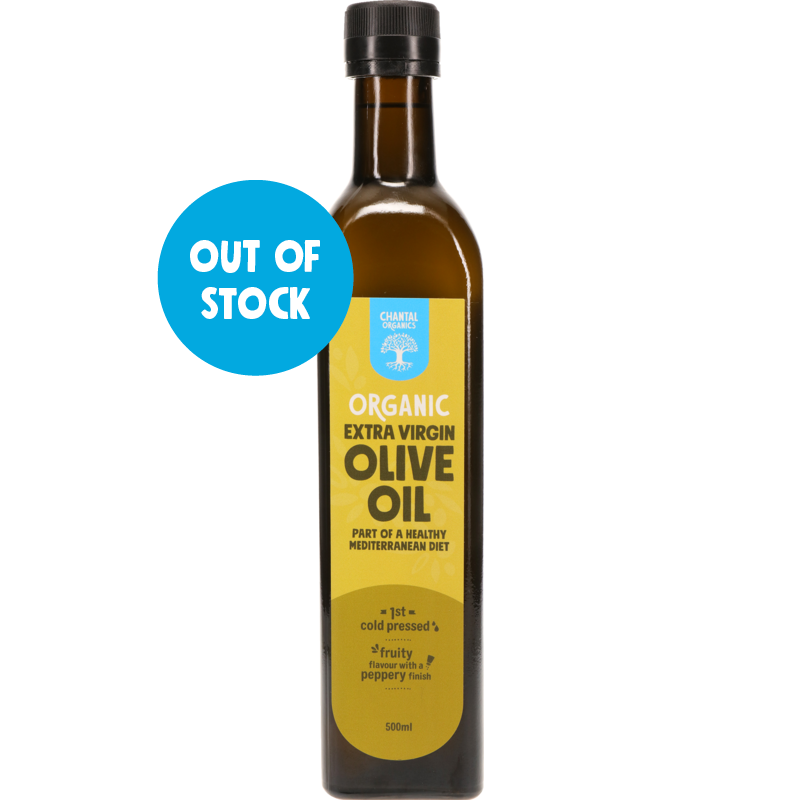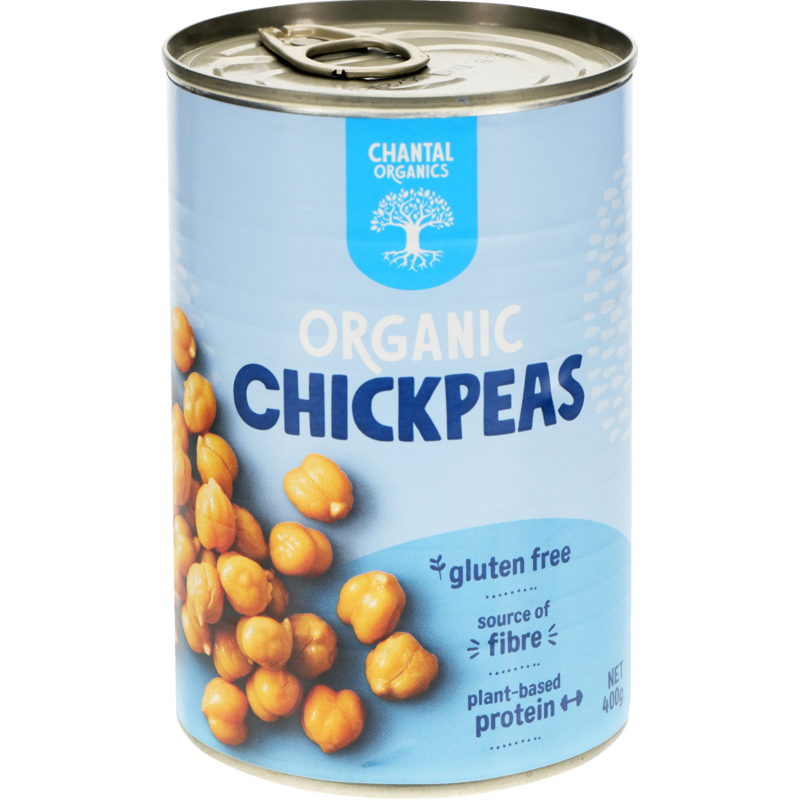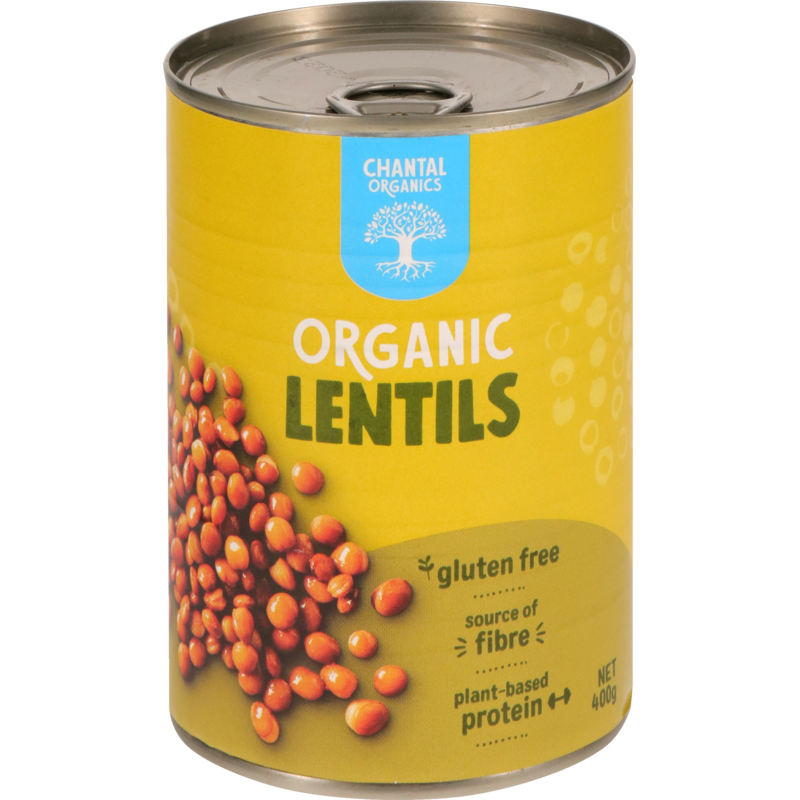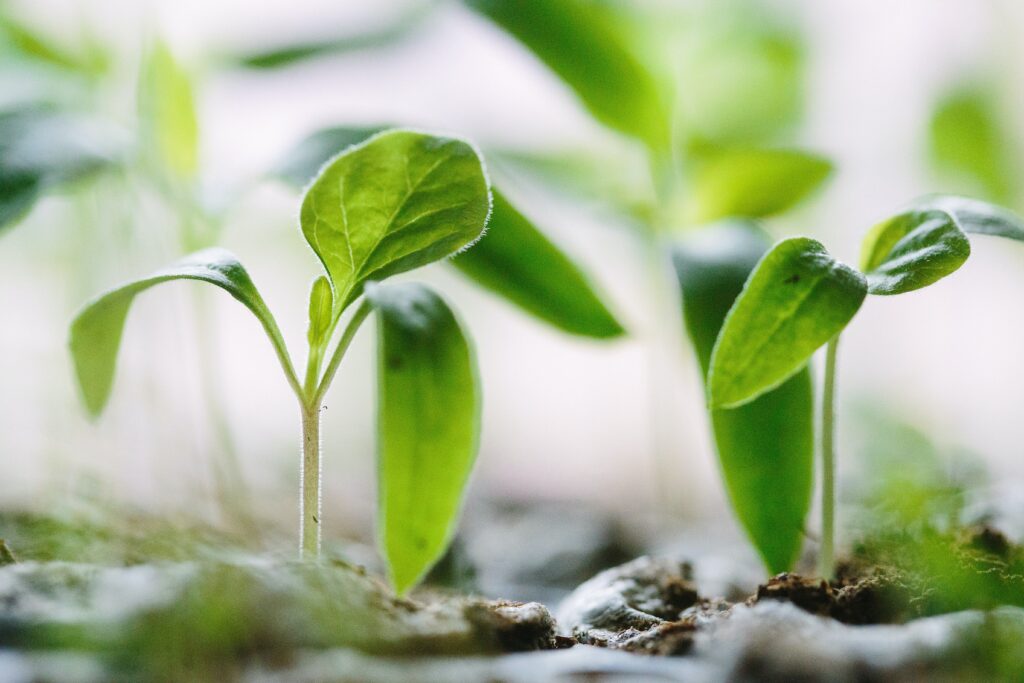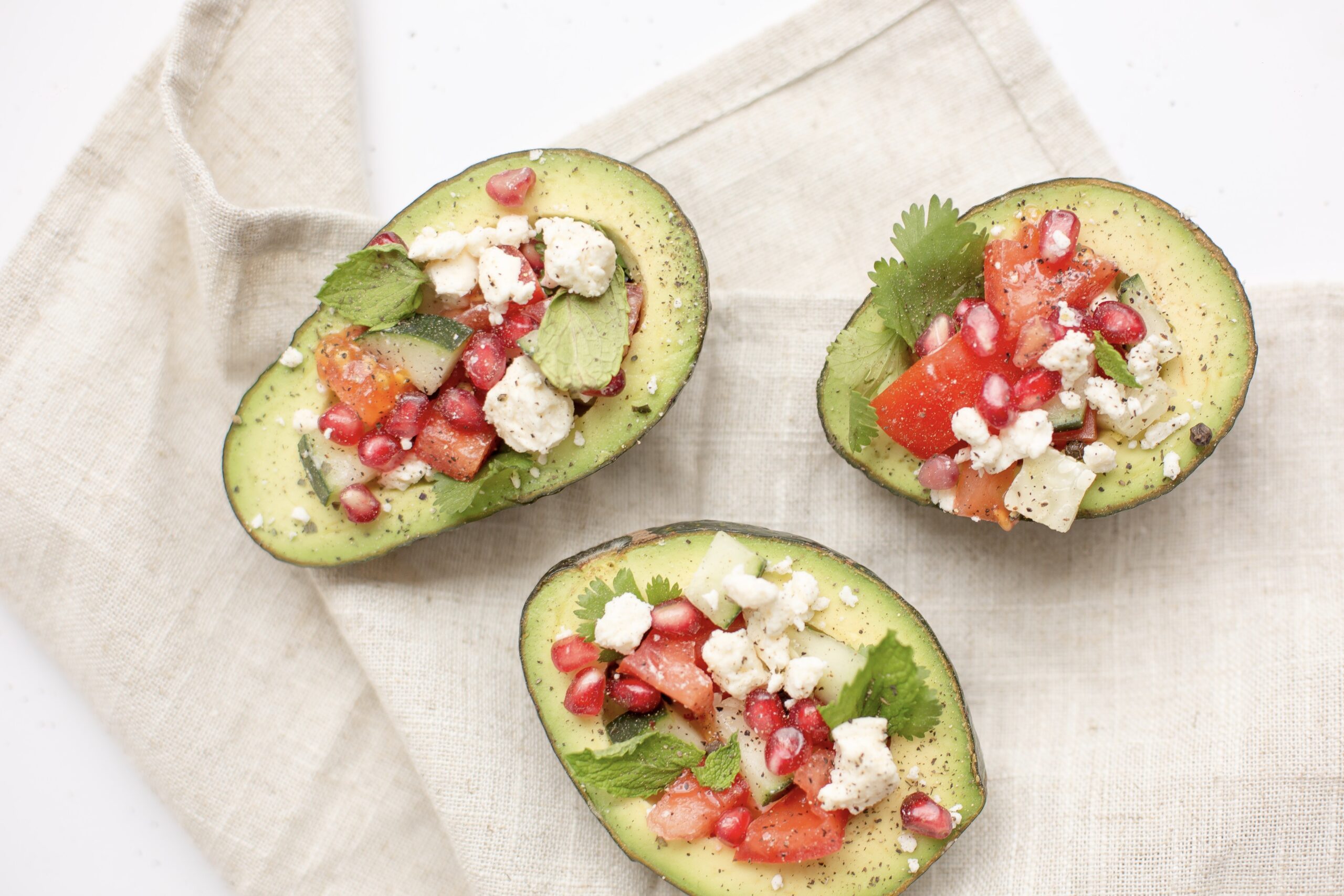
Mix and match healthy eating plans to meet your unique nutritional needs
Knowing what to eat in today’s ever-changing diet arena can be confusing. You want to eat healthy, have more energy and make sustainable choices, but what is best? One friend is rocking the Paleo diet, while another swears by eating vegan. The good news – you don’t have to follow the rules; you can make your own!
There are many reasons for choosing the foods you eat: to support your health and wellbeing, to honour your beliefs, to protect the environment, or simply because it tastes good. Let’s take a look at a few of today’s popular eating regimes.
The Paleo Diet
This concept reflects on principles and knowledge from the Paleolithic way of life and reapplies them to our current lifestyle, with the goal of eating better and moving more. The specific foods in this diet are chosen to heal the gut, restore digestive function, resolve microbial imbalances, rebuild nutrient deficiency and support the body’s own detoxification. A paleo diet includes organic, whole and unprocessed foods, mainly focusing on meat and vegetables, and avoiding foods that may strain body function such as grains, legumes, dairy products, alcohol, caffeine and sugar.
Following a Vegan Diet
Traditionally, the vegan diet cuts out any item of animal origin in an effort to prevent animal mistreatment and suffering. Today this plant-based diet can provoke controversy over the details, but the concept remains the same: avoid meat, dairy, eggs and honey to support animal welfare, environmental sustainability and overall health. The vegan diet includes fruits and vegetables, grains, legumes, nuts and seeds and focuses on plant-based sources of healthy fats, oils and proteins.
Pegan Diet – an Effective Combination
After decades of working in the health field, Dr. Mark Hyman came up with a simple eating style that anyone could adapt to suit their own nutritional needs. He combines aspects from both the paleo and vegan diet into what he coined as the pegan diet. His vision was to create a less restrictive but effective diet with these five principles: cutting out processed food, having a plant rich diet, including healthy fats, choosing sustainably raised meat and eggs and consuming minimal low GI grains.
The Heart Healthy Mediterranean Diet
This diet draws on the traditional eating practices of communities surrounding the Mediterranean Sea. It is a colourful, plant-based diet, full of fresh fruit and vegetables, whole grains and healthy fats, in particular olive oil. Protein comes from eggs, chicken, fish and legumes, while limiting diary and red meat to a few times a week. Other important elements include using herbs and spices instead of salt, focusing on portion control, sharing meals with family and friends and yes – having a glass of red wine. Research shows this diet supports a healthy heart and can help reduce the risk of cardiovascular disease.
Living Gluten Free
Gluten is a general term for the proteins found in grains such as wheat, barley and rye, that can be hard to digest. A growing number of people are becoming intolerant to gluten, ranging from severe to sensitive, while other people are choosing to eat less gluten as they feel better for it. Fortunately for any gluten intolerance, by removing gluten from the diet, the body can heal itself. Gluten free grains include rice, quinoa, buckwheat, corn, millet and amaranth.
Flexitarian – Give it a Go
As more people are making food choices not only for their own health, but the good of the planet, the flexitarian diet has emerged. This is for people who are not fully committed to one way of eating, they just want to eat healthier. It is a flexible and self-structured diet that mainly includes plant-based food, with the occasional meat dish that is organic and sustainable. This can be a welcoming step for people who are looking to consume less meat.
Diet trends come and go. However, one element remains consistent; a diet that includes a lot of organic vegetables and fruits is best for your health and supports environmental sustainability too. Have you ever wondered what the world’s longest-lived cultures eat? For further food inspiration, find current research, recipes and articles about the lifestyle of these people at Blue Zones.
PRODUCTS MENTIONED
